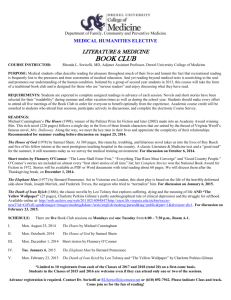Flannery O`Connor
advertisement
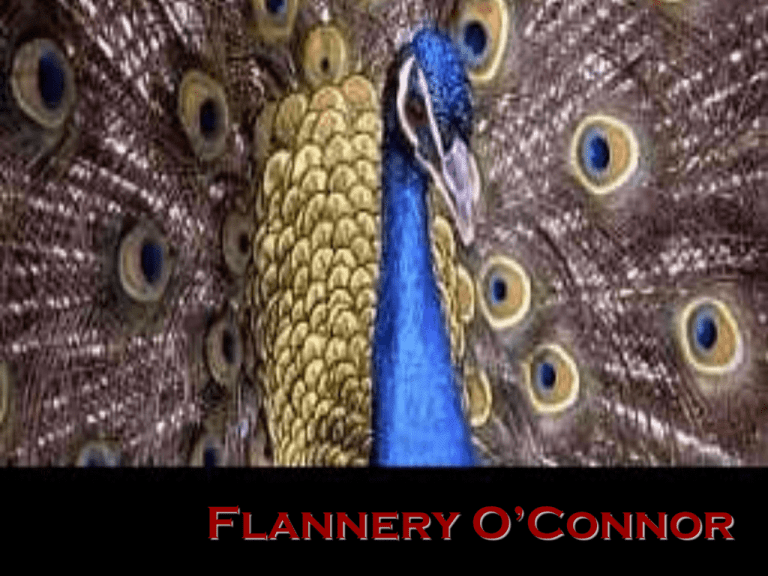
Flannery O’Connor American writer, whose novels and short stories focusing on humanity's spiritual deformity and flight from redemption earned her a unique place in 20th-century American fiction. Childhood Mary Flannery O’Conner was born on March 25, 1925, in Savannah, Georgia. Her baby crib was advertised a a “kiddie coop.” She lived at 207 East Charlton Street on LaFayette Square until she was sixteen years old. Most of her life was spent in Milledgeville, Georgia, where she raised peacocks and wrote. O’Connor moved to Milledgeville in 1941, and lived her final days at Andalusia, a farm. Education Went to Georgia State College for Women and graduated in 1945. Went to Iowa State University and graduated in 1947. Her Religion Flannery was a devout Catholic, and her religion greatly influenced her outlook on life and her work. Works O'Connor is frequently compared to the American novelist William Faulkner for her portrayal of southern character and milieu and to the Austrian writer Franz Kafka for her preoccupation with the grotesque. A basic theme of her work is the individual's vain attempt to escape the grace of God, and her work is profoundly and pervasively religious. She died of lupus, a disease that crippled her for the last ten years of her life. Works Wise Blood (1952)- first novel The Violent Bear it Away (1960)- her second, and final novel. A Good Man is Hard to Find, and other stories (1955)- book of short stories Complete Short Stories of Flannery O’Connor (1971)book of short stories released after her death. Flannery’s Style Flannery O’Connor’s style has been described idiosyncratic and unladylike. She was very straightforward with her writing. Her work, along with authors like Carson McCullers, focused on topics like the South and its people. Her Illness Flannery O’Connor had the disease, lupus. The disease started coming on in 1950 and by 1955 she had to walk with crutches. Her father also died from lupus. Some people say that her most creative years were when she was the sickest. She died in 1963 at age thirty-nine. Criticism “Highly unladylike, brutal irony, a slam-bang humor, and a style of writing as direct as a death sentence.”-Time Magazine “Grave, enigmatic, troubling, and highly idiosyncratic”-Barrett and Cullinan The End
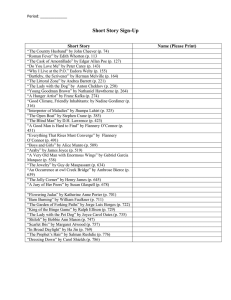
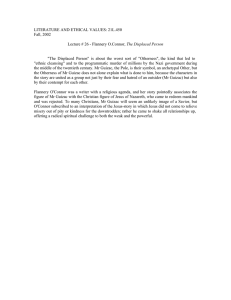

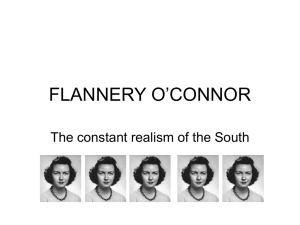
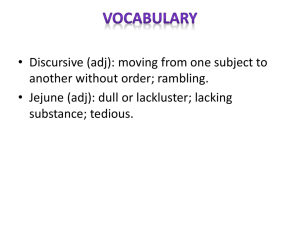
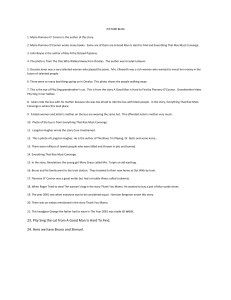

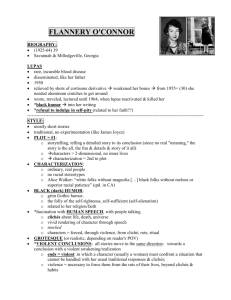
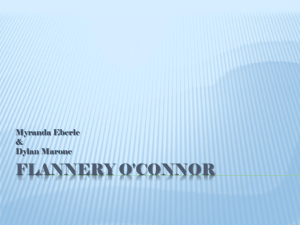
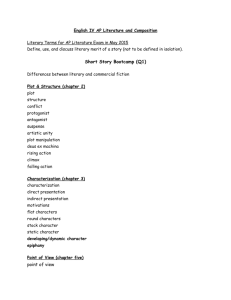
![Flannery O'Connor Class Discussion [Autosaved]](http://s2.studylib.net/store/data/009898453_1-c03ca29b9c05afbf1117a686f347e66c-300x300.png)
